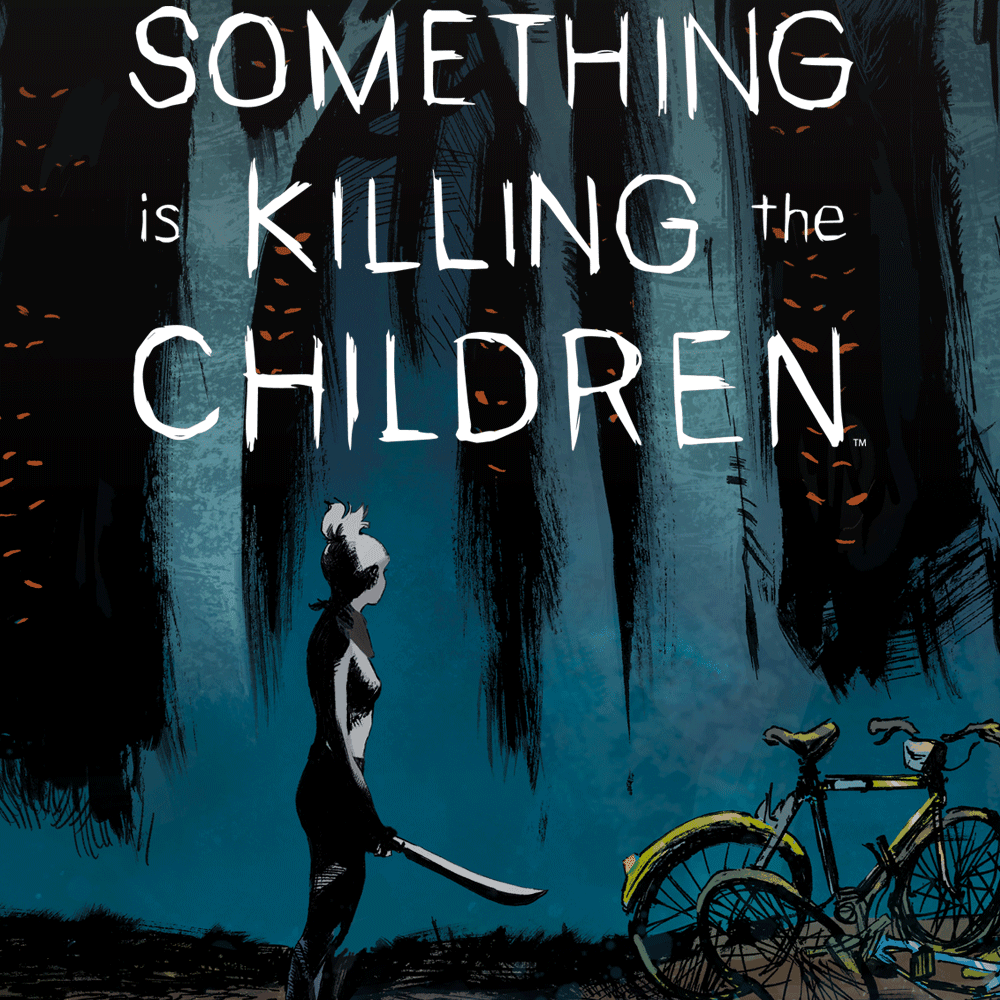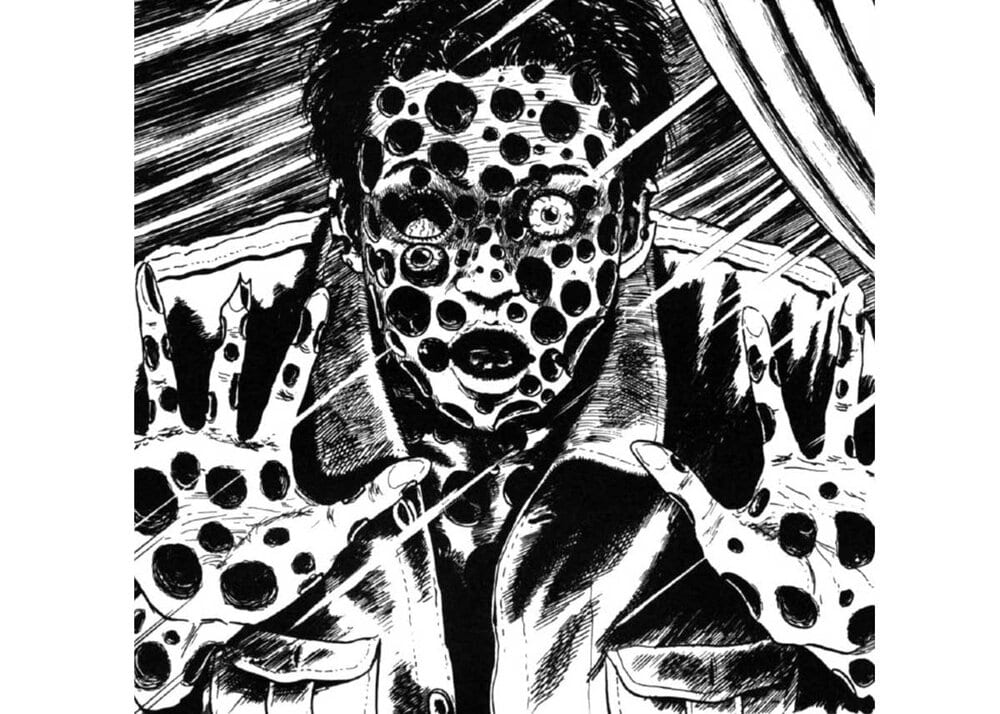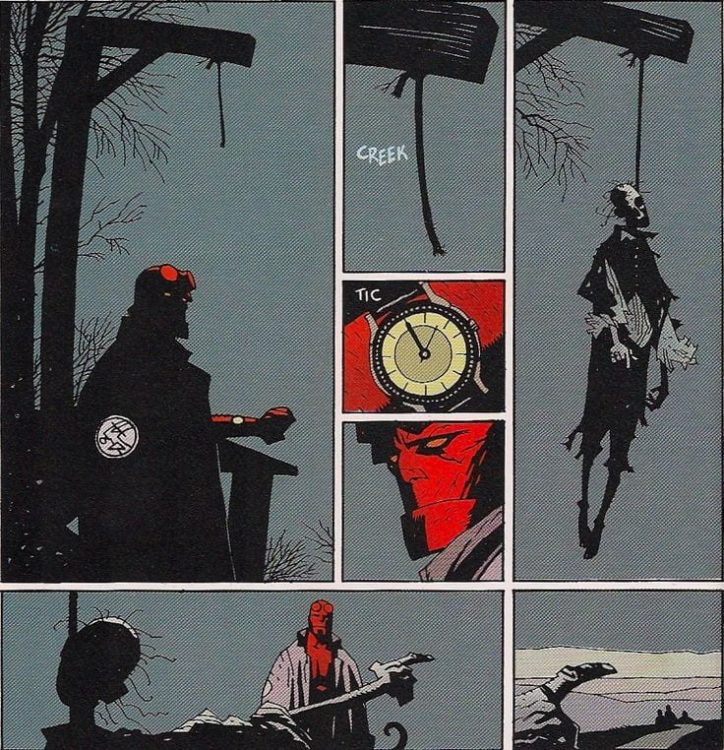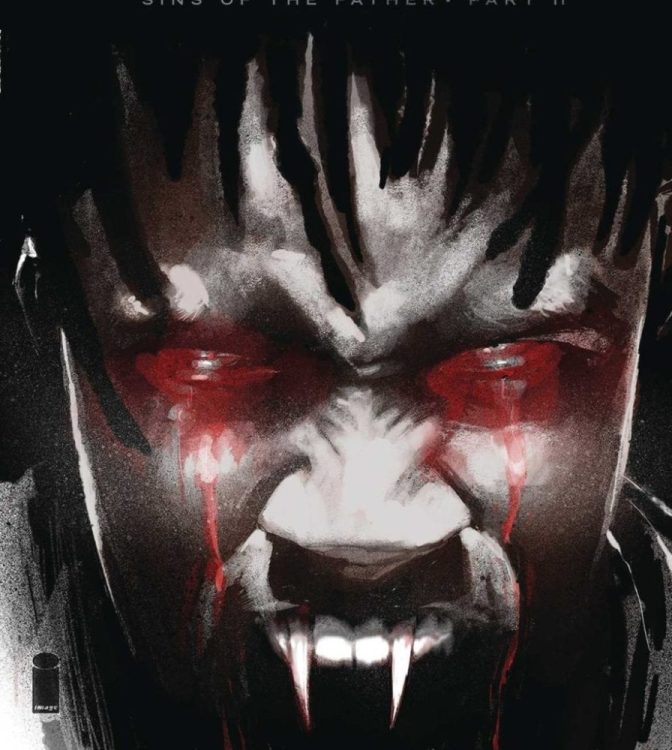There is perhaps no genre of storytelling more satisfying than one that scares the hell out of us. Since the art of storytelling was created, the aim of warning us about the things that go bump in the night, the things unknowable, and even the people who may hunt us, has allowed people to experience fear and terror in a safe manner. Horror has become arguably the most widely beloved hard-genre in almost every medium, and with Halloween fast approaching I thought it would be appropriate to examine just how this genre works within the pages of comics and graphic novels. Horror has been a popular and prevalent genre since comics first appeared, but the past several years have seen what could almost be considered a horror renaissance for the medium. How do these comics work though? How do they keep an audience engaged in the way a great scary story does? The mechanics and methods unique solely to comics and graphic novels are utilized by creators to craft tales that are haunting, grotesque, frightening, and often unsettling, and are themselves the reason horror comics are thriving in the current era of the medium.
The earliest horror comics, often found in pulp strips and publications such as Eerie Comics and Tales From the Crypt, used a combination of the descriptive narration common to the era as well as the talent of the artists of that period. The narrative style in those comics was similar to that heard on radio shows of the time, but often without the bloated description, since the artist was performing much of that work. The illustrations within the panels would be bolstered by the writer’s adrenaline-inducing speech and narration bubbles that expanded upon the terror on the panel. Much of this narration is the lens from which the characters in the story are viewing the events, which in effect pulls the reader into that character’s perspective and has them feeling the full effect of the creators’ sadistic intent. This technique is still commonly used today, as it’s one of the easiest ways to get a reader immersed in a comic story. Think of it as a POV shot in a film. However, in the era of these early horror comics, film was still a relatively new medium, and comics were more plentiful and easier to obtain. The horror genre itself in popular culture was new as well, and these early comics made a shockwave in the entertainment industry and the minds of the collective consciousness for decades to come.
As decades have passed, censors have risen and fallen, and entire generations of comic storytellers have delivered their styles to the medium, it’s a bit off how horror comics have held onto their old conventions while still moving forward. Much like films, the longer the medium has existed, the more concepts and methods have been introduced with changing times. What’s so special about comics however when compared to film however is that, aside from their obvious differences as respective mediums, comics are less restricted than films are in terms of censorship. They took a bad hit when the Comic Code Authority came to power during the 1950’s and 60’s, a move that stifled the storytelling potential of horror, science fiction, and basically any non-superhero comic around at the time. However, this also forced creators to become more clever in how they presented their work. While they couldn’t be too forward with obvious gore, imagery, or subject matter, the writers and artists of horror comics in this period had to find subtle ways of getting their messages of terror across without setting off the censor’s alarms. Thus the art of “less is more” in horror comics was born. While grotesque and shocking imagery is certainly always fun, much of what makes horror scary is what the audience has to imagine. This approach works to the advantage that the comic medium uses which no other comic has, a mechanic that is wholly unique to comics and graphic novels: the page turn.
You’ve seen it before, or had it happen to you. The sense of tension in a scene or sequence builds along with the panels, alluding to a horror that has yet to be seen. The characters on the page then suddenly look off-panel towards something hidden on the other side of the paper, so you turn the page and –
There’s a shock or rush that follows a great turn of the page scare or reveal that just can’t be done by films or prose. What makes it so effective is that you, the reader, do it to yourself. A film can be paused, or you can close your eyes before you reach a scare, but that undermines the medium. The director doesn’t intend for a film to be paused interrupted beyond its normal runtime. A novel’s frights creep up as the reader comprehends the words written on a page, making the reaction more of a slow burn rather than a jolt. A scare from a comic only happens because the reader makes it happen. Whether it be a slow build or a sudden spook, the reader guides their own experience through a comic or graphic novel, subconsciously picking how much time they spend on each page, panel, and image. The reader leads themselves through the climactic moments of a comic, and in a great horror comic they just so happen to scare the hell out of themselves in the process. Page-turn reveals are a common ploy in all of comics, used for delivering huge plot twists or breathtaking visual climaxes. The likes of Bernie Wrightson, Mike Mignola, Junji Ito, and many other brilliant creators have utilized this tactic for darker purposes.
Since the golden age, horror comics have covered every genre of horror imaginable; from slashers to monster tales, to supernatural terrors and unfathomable cosmic horror (a subgenre film consistently struggles with). This medium’s nature as a hybrid of written and visual storytelling, combined with the general creative freedom writers and artists are given with their work, makes for a seemingly endless wellspring of terrifying concepts to be explored. The vast amount of writers with varying influences and styles of plot deliver, along with artists all with completely different visual approaches, makes opening new horror comics an unexpected experience with each new series. The best horror, as with most genres, sets a foot in reality with commentary on events and situations in our own lives; from familial drama to socio-political commentary. Our current turbulent situation has made for a hotbed of poignant horror with something to say. With horror seemingly becoming more and more popular all the time, and with the comics medium itself seeing more success thanks to collected edition sales, there’s no telling what terrors the brilliant creatives who craft this genre will come up with on the next turn of the page.


